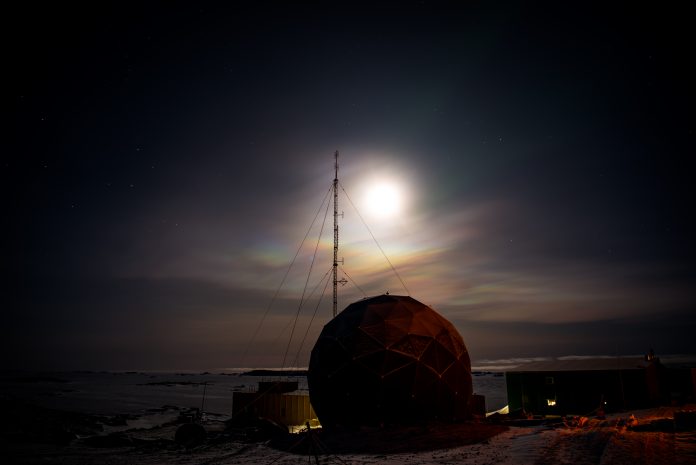
Australia’s Fire Protection Industry Board wants aircraft maintainers to know the requirements for working on halon fire suppression equipment.
Halon was the fire extinguishing gas that seemed too good to be true. It was almost instantly effective, non-toxic, and left no residue. Its only problem was that it invariably drifted into the upper atmosphere and degraded into a gas that damaged the ozone layer. Just one kilogram of halon can destroy 50 tonnes of ozone.
This is why it has been illegal to own or use halon-based fire protection systems in Australia since 1995, except for approved essential uses.
Its superlative firefighting performance is why halon remains in use in aviation. But because of the ozone depleting properties of halon, legislation requires that anyone handling it and similar gases must hold an extinguishing agent handling licence.
However, licensed aircraft maintenance engineers (LAMEs) and aircraft maintenance engineers (AMEs) are exempt from needing a licence provided they hold the following competency:
- CPPFES2043A–Prevent ozone depleting substance and synthetic greenhouse gas emissions.
Completion of this (or the previous PRMPFES43A) allows LAMEs and AMEs to handle halon, including installation and removal of equipment containing extinguishing agents from an aircraft.
Further information on how LAMEs and AMEs can obtain CPPFES2043A is available at the Fire Protection Industry Board’s website.

